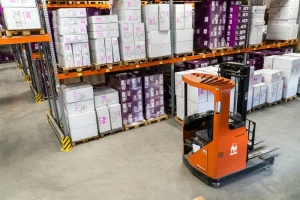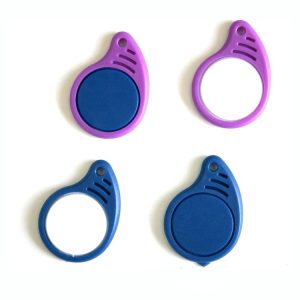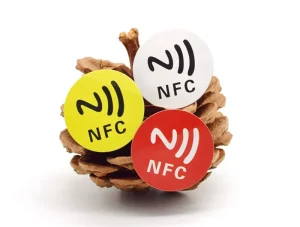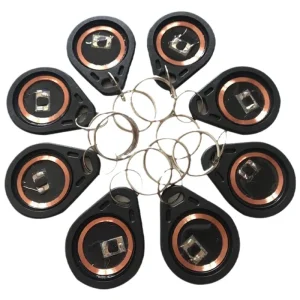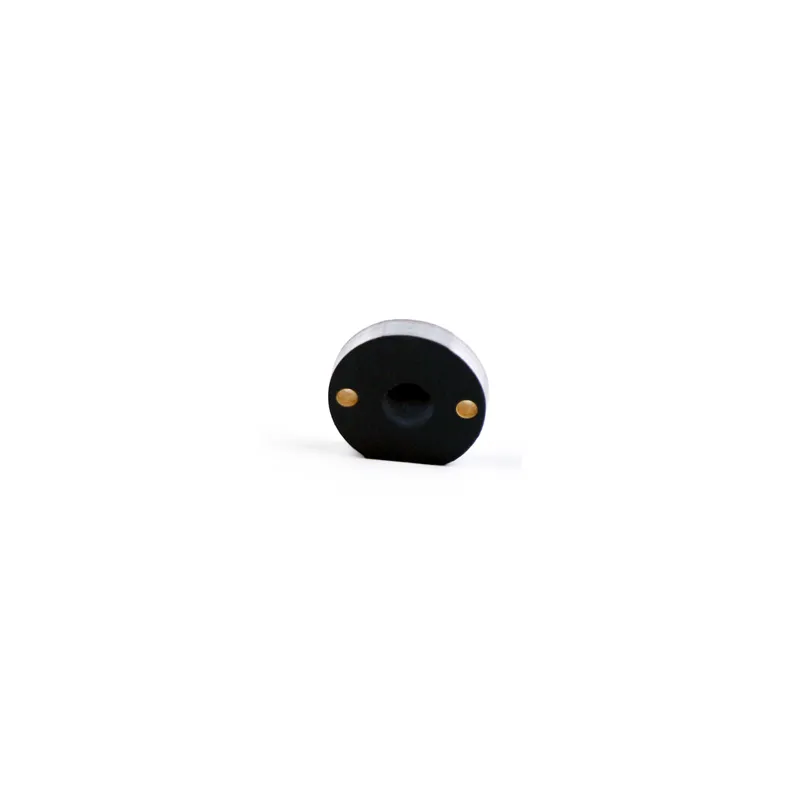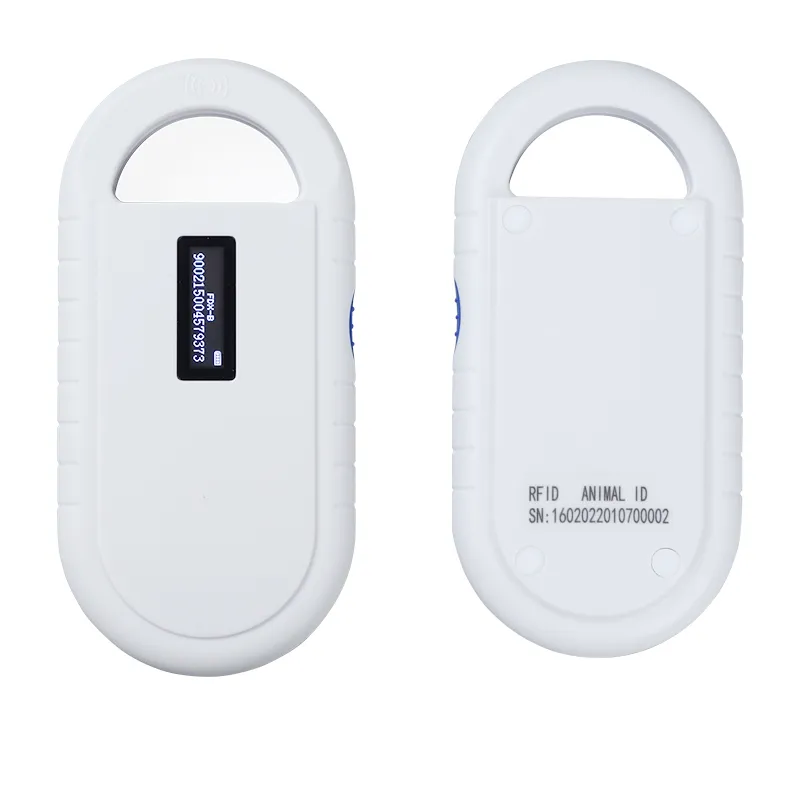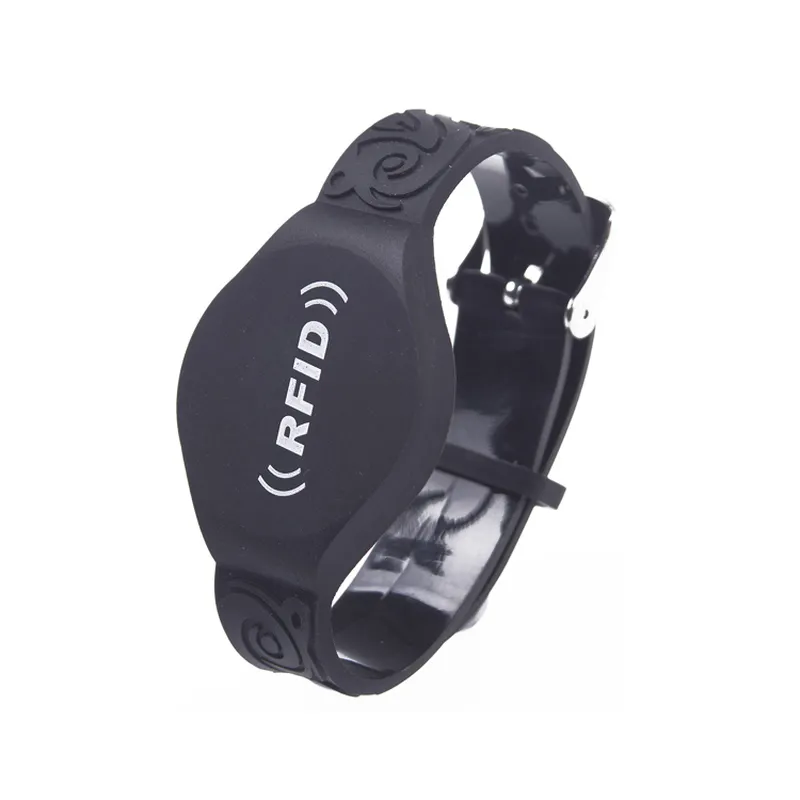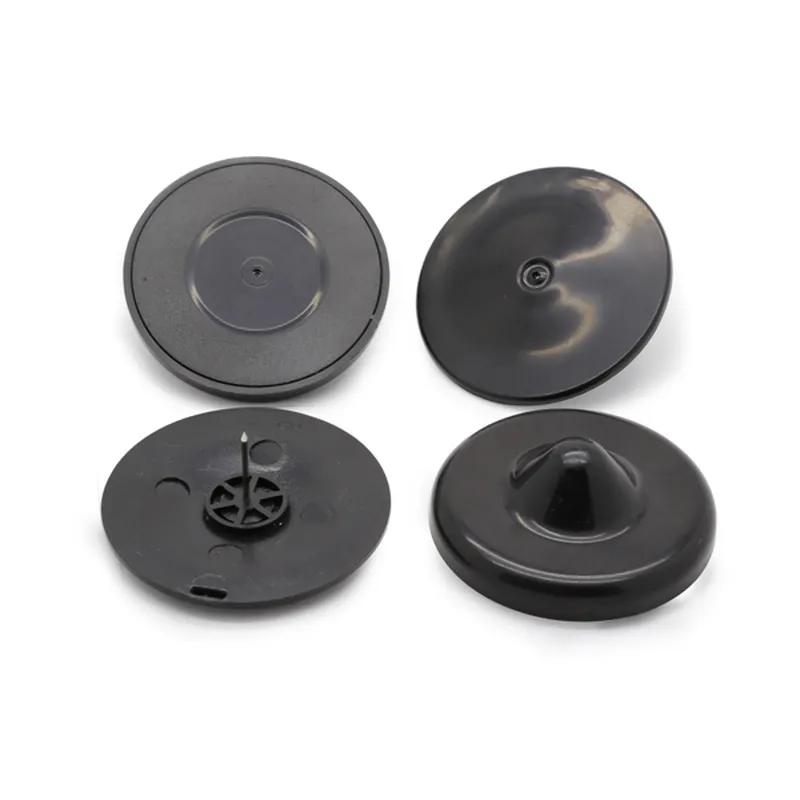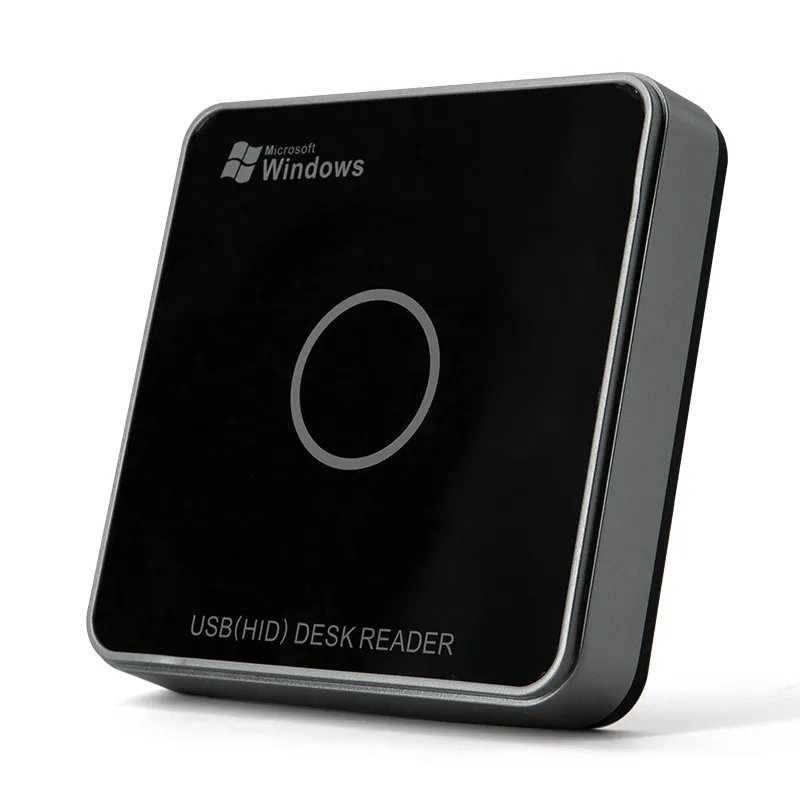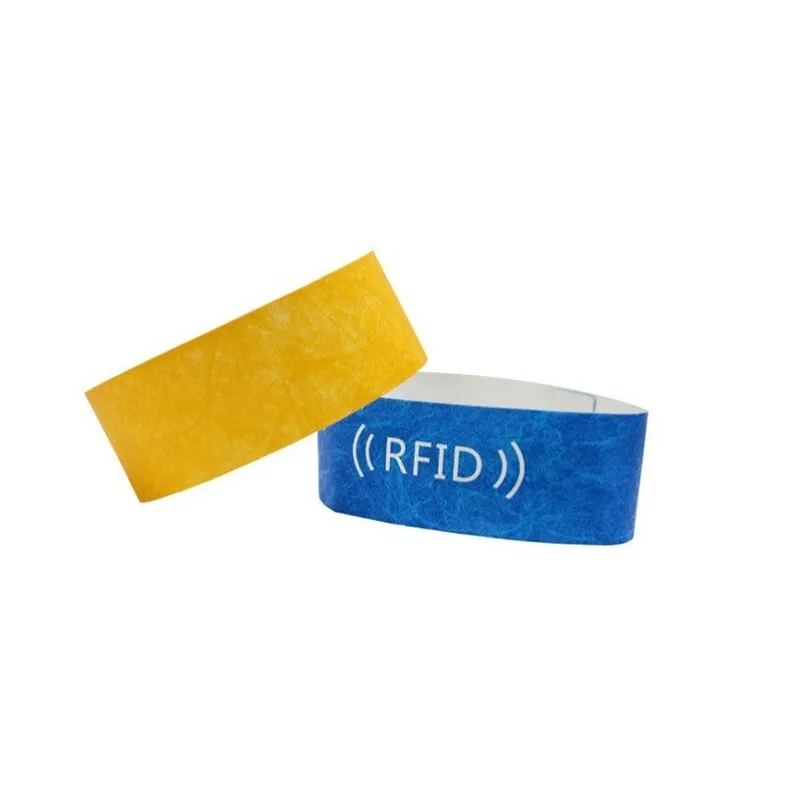Industrial RFID Tags
Ụdị
Ngwaahịa egosipụtara
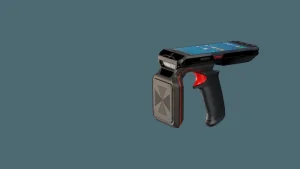
RS501 RFID Scanner
IoT handheld Terminal 5.5-inch HD Screen · UHF RFID Reader ·Octa Core Processor
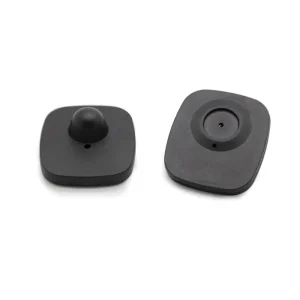
Anti Theft EAS Hard Tag
The Anti Theft EAS Hard Tag is a device used…
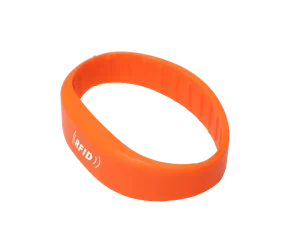
Custom RFID Bracelet
Fujian RFID Solutions Company offers Custom RFID Bracelet with a…
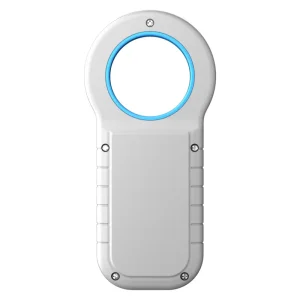
RFID Animal Scanner
This RFID Animal Scanner is a popular product for animal…
Akụkọ na-adịbeghị anya
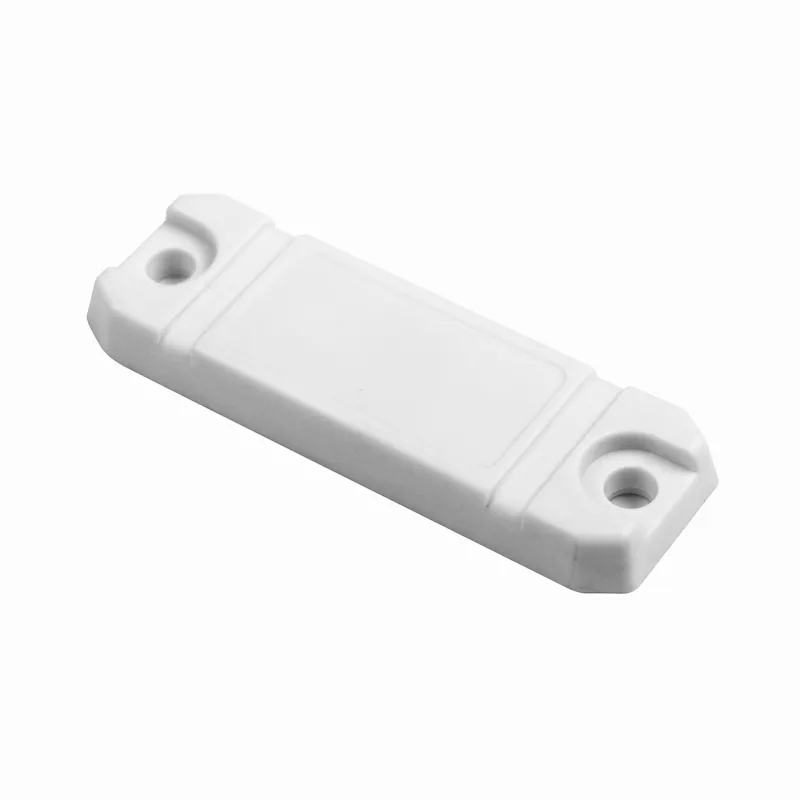
Nkọwa dị mkpirikpi:
Industrial RFID Tags use radiofrequency signals to identify target items and gather data without human interaction. They have electronic codes and can monitor, identify, and manage objects. They are widely used in industrial areas for real-time inventory monitoring, asset management, and automation. RFID technology is increasingly used in Industry 4.0 and smart manufacturing, supporting intelligent object management and intelligent tracking.
Kee anyị:
Nkọwa ngwaahịa
Radiofrequency signals are used by Industrial RFID Tags, a contactless automated identification technology, to identify target items and gather pertinent data. Human interaction is not necessary for the identification procedure. Industrial RFID tags have their own electronic code and are made up of coupling components and chips. In addition to having user-writable storage space, high-capacity electronic tags may be affixed to items in order to identify specific things. These tags have the ability to monitor, identify, and manage objects by sending data from RFID tags to readers via radio waves.
RFID tags are extensively employed in the industrial area. Dị ka ọmụmaatụ, RFID tags may be attached to objects to provide real-time inventory monitoring and asset management in inventory and asset management. Factories are able to swiftly search and identify the necessary components as well as properly identify which things are on the manufacturing line and which are in inventory. RFID technology may also be utilized to provide precise real-time data, automate industrial processes, and assist managers in making prompt choices. The position, status, and movement of products may be monitored, and manufacturing line efficiency can be increased by strategically installing RFID readers.
RFID technology will be used in industrial production more often as Industry 4.0 and smart manufacturing develop. In the context of industrial Internet and digital twins, RFID tags can achieve intelligent item identification, tracking, management, control, and monitoring. N'ihi ya, they are becoming a crucial support for achieving intelligent object management.
Functional Specifications
Usoro RFID: Supports EPC Class 1 Gen 2 and ISO 18000-6C standards
Frequency Range:
US: 902-928MHZ
EU: 865-868MHZ
IC Type: Adopts NXP UCODE 8 chip
Memory Configuration:
EPC: 128 bits
USER: 0 bits
TID: 96 bits
Write Endurance: Supports at least 100,000 write operations
Functional Features:
Supports read and write operations
Data retention period up to 50 years
Applicable to metal surfaces
Read Range:
Fixed Reader:
US: Up to 11.0m
EU: Up to 10.0m
Onye na-agụ ihe ejiri aka:
US: Up to 5.5m
EU: Up to 5.0m
Warranty: 1-year limited warranty
Physical Specifications
Dimensions:
Length: 69.0mm
Width: 23.0mm
Aperture and quantity: D5.2mm, 2 in total
Thickness: 7.0mm
Ihe onwunwe: ABS+PC composite material
Agba: Ọcha (or other colors available)
Installation method: Support adhesive, screw fixing, or binding
Weight: 10.8g

Environmental Specification:
- IP Rating: IP68
- Storage Temperature: -40°С to +85°С
- Operation Temperature: -25°С to +85°С
- Certifications: Reach Approved, RoHS Approved, CE Approved, ATEX Approved.
![Onye nrụpụta RFId Tag [N'ogbe | OEM | ODM]](https://www.fjrfidfactory.com/wp-content/uploads/2024/04/logo.webp)
